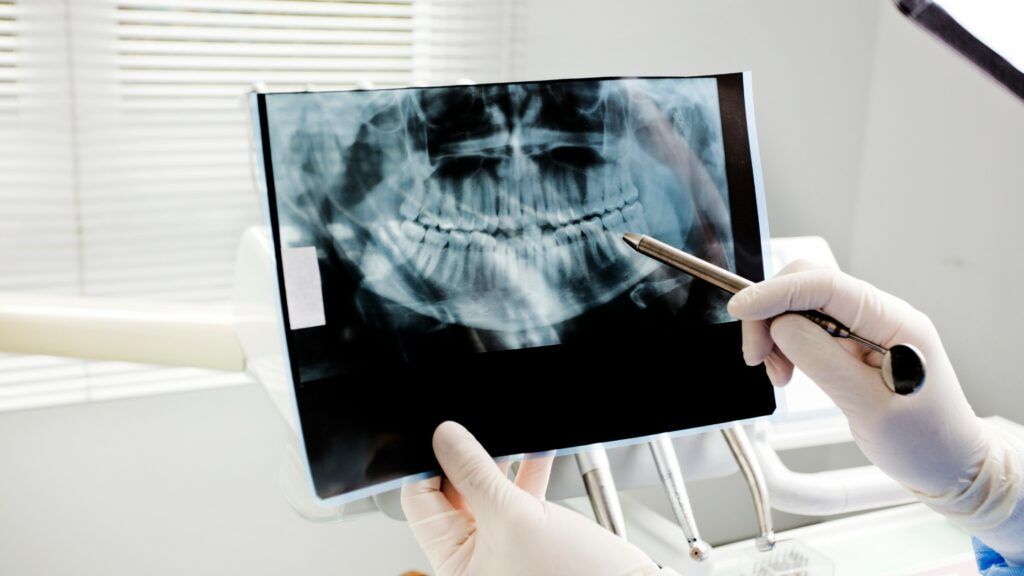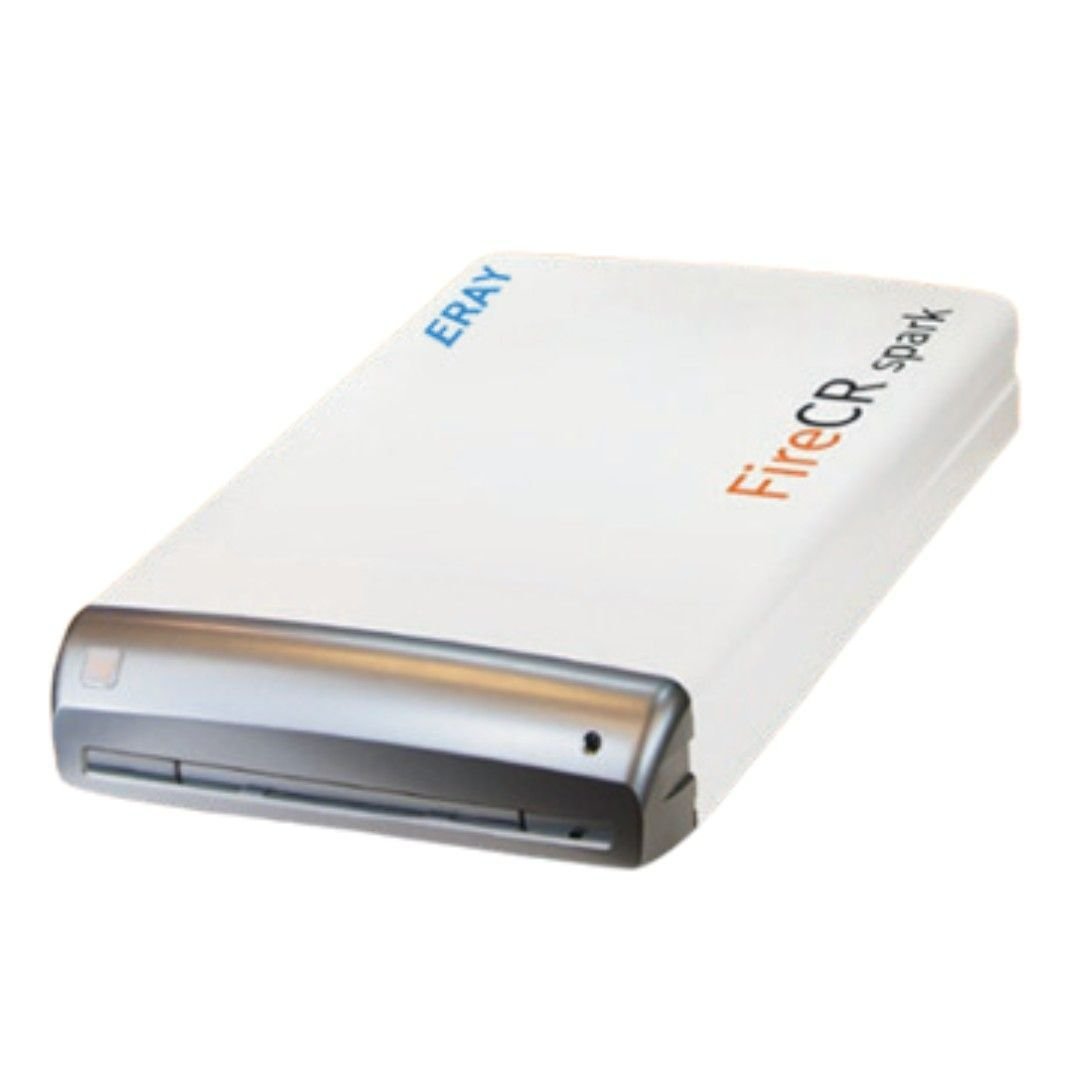The Computed Radiography (CR) system is an important imaging tool that utilizes phosphor technology to generate digital X-ray images. The system has revolutionized the medical imaging industry by offering numerous benefits over traditional film-based imaging systems. In this blog, we’ll delve into the types of CR systems, their advantages, how to choose the right one, how to use and maintain them, and the latest innovations in the industry.
Types of CR Systems
- Single-Plate CR System: This type of CR system requires manual cassette loading for each image and is best suited for clinics or small healthcare facilities.
- Multi-Plate CR System: This type of CR system can process multiple plates at once, making it ideal for busy hospitals or radiology centers.
- Portable CR System: Portable CR systems are mobile units that provide flexibility and convenience for healthcare professionals in the field or rural areas.
Advantages of CR Systems
- Enhanced Image Quality: The digitally processed CR images offer superior image quality compared to traditional film-based imaging systems. This allows for more accurate diagnoses and better patient outcomes.
- Increased Efficiency: CR systems are highly user-friendly and can be operated quickly and efficiently, reducing wait times for patients and improving workflow efficiency for healthcare professionals.
- Cost-Effective: The CR system eliminates the need for traditional film processing, reducing material and processing costs. This results in cost savings for healthcare facilities, which can then be passed on to patients.
- Environmentally Friendly: CR systems are eco-friendly since they don’t require the use of chemicals or film processing solutions.
Criteria to Choose a CR System
- Image Quality: The CR system should deliver high-quality images that provide superior diagnostic capabilities.
- Workflow Efficiency: The system should be user-friendly, easy to operate, and offer fast processing speeds for optimal workflow efficiency.
- Care Provider Flexibility: The system should be flexible in terms of its use and should be compatible with multiple image receptors.
- Long-Term Cost Savings: The CR system should offer long-term cost savings by reducing material and processing costs and improving workflow efficiency.
How to Use a CR System
- Load the imaging plate in the cassette.
- Expose the plate to X-ray radiation.
- Insert the cassette into the CR reader.
- The reader scans the plate and converts it into a digital image.
- The digital image is then stored and can be viewed on a computer screen.
Maintenance of a CR System
- Regular cleaning of the CR plate and the cassette.
- Updating the CR software regularly.
- Proper storage and handling of CR plates to prevent damage.
- Regular inspection of the CR reader to identify any damage or malfunction.
- Calibration of the CR system to ensure accurate imaging.
New Technologies in CR Systems
- Artificial Intelligence (AI) Integration: AI algorithms have been integrated into CR systems, allowing for faster and more accurate diagnoses.
- Cloud Storage: CR systems now allow for the secure storage of digital X-ray images in the cloud, enabling remote access and sharing between healthcare professionals.
- Portable Wireless Systems: Portable wireless CR systems offer flexibility and convenience for healthcare professionals, improving care delivery in difficult-to-reach areas.
Advancements in Portable Wireless CR Systems
Portable wireless CR systems are a new innovation in the imaging technology industry that provide healthcare professionals with a convenient and flexible way to capture and store high-quality digital X-ray images in remote areas or difficult-to-reach locations. These systems are becoming increasingly popular among healthcare providers who require on-the-go imaging solutions.
The advancements in portable wireless CR systems have been primarily driven by the need for cost-effective and efficient care delivery in remote or underserved areas. Some of the key features of these systems include:
- Wireless Connectivity: Portable wireless CR systems are equipped with wireless connectivity capabilities, enabling healthcare professionals to transmit images wirelessly to a destination workstation or cloud-based storage solution. This connectivity eliminates the need for physical film processing and reduces processing time, enabling faster diagnoses and treatment decisions.
- Lightweight and Compact Design: Portable wireless CR systems are designed with a compact and lightweight form factor, allowing healthcare professionals to easily transport them to remote locations or areas with limited accessibility. This design feature improves the mobility and flexibility of the imaging system and enables the provision of high-quality care services in underserved areas.
- Built-in Image Processing: Portable wireless CR systems are equipped with advanced built-in image processing algorithms that enhance image quality, reduce noise, and enhance contrast. This feature helps healthcare providers to obtain clearer and more accurate images for improved diagnosis and treatment.
- Increased Durability: Many portable wireless CR systems are constructed with rugged and durable materials, making them resistant to damage from harsh environmental factors such as dust, water, and extreme temperatures. This durability ensures that the system maintains optimal functioning in difficult-to-reach areas where traditional imaging systems may fail.
In summary, the advancements in portable wireless CR systems have enabled healthcare professionals to provide cost-effective, efficient, and quality care services in remote or underserved areas. These systems have improved the mobility, flexibility, and image-capturing capabilities of imaging technology, making it easier to reach people in need of medical care, regardless of their geographic location. As a result, the future of portable wireless CR systems looks bright, and we can expect further innovations in this area to enhance the delivery of healthcare services in the years to come.
Portable Wireless CR Systems V/S Traditional Film-Based X-ray Systems
Portable wireless CR systems are comparable to traditional film-based X-ray systems in terms of image quality and diagnostic accuracy. In fact, many studies have shown that portable wireless CR systems produce equally or even better-quality images than traditional X-ray film systems.
One of the main benefits of portable wireless CR systems is that they provide digital images which can be enhanced or manipulated to provide better visualization of internal structures. This digital image processing and manipulation can improve the visibility of structures in an image, allowing healthcare professionals to identify abnormalities that may have been missed on traditional X-ray films.
Moreover, the image-capturing capability of portable wireless CR systems does not depend on chemical processing, as is the case with traditional film-based X-ray systems. This means that images taken with portable wireless CR systems are not susceptible to the distortions and artifacts caused by chemical processing errors in traditional film-based systems.
Another advantage of portable wireless CR systems is that the image acquisition process is faster and more efficient than traditional film-based systems. This efficiency enables healthcare professionals to obtain images of a higher quality and in less time, allowing for more timely diagnoses and treatment recommendations, especially in remote or underserved areas.
Portable wireless CR systems produce high-quality images and provide healthcare professionals with the diagnostic accuracy needed to make informed treatment decisions. These systems offer a number of advantages over traditional film-based systems, including better imaging quality and faster image processing times.
Leading manufacturer of Computed Radiography (CR) System
Edusoft Healthcare Pvt. Ltd.
Introducing the ERAY FireCR Spark Medical Readers, cutting-edge Computed Radiography solutions engineered by Edusoft Healthcare Pvt Ltd. These innovative readers incorporate advanced features inside and out to cater to a diverse range of imaging requirements. With technology pioneered by ERAY, they deliver superior image quality crucial for precise diagnostic applications.
Compact and lightweight, the ERAY FireCR Spark Medical readers are designed to fit seamlessly into any imaging department or radiology practice. Their small footprint ensures easy placement in limited workspaces, while robust engineering guarantees durability, ensuring reliability for long-term use.
Choose from a range of imaging speeds within the ERAY FireCR Spark Medical product line, offering solutions to suit various needs and budgets. Whether opting for a basic model or high-speed variant, these readers can be effortlessly upgraded in the field as imaging volumes escalate, ensuring continued value over time.
Exceptional image quality sets the ERAY FireCR Spark Medical readers apart, thanks to technology optimizing signal collection efficiency. This results in crystal-clear images crucial for accurate diagnoses, meeting the exacting standards of medical professionals reliant on precise imaging for optimal patient care.
Conclusion
The CR system has revolutionized the medical imaging industry and offers numerous benefits over traditional film-based imaging systems. By understanding the types of CR systems available, their advantages, and how to choose, use, and maintain them, healthcare professionals can optimize their imaging capabilities and improve patient outcomes. With the latest innovations such as AI integration, cloud storage, and portable wireless systems, the future of CR systems looks promising for both healthcare providers and patients.



